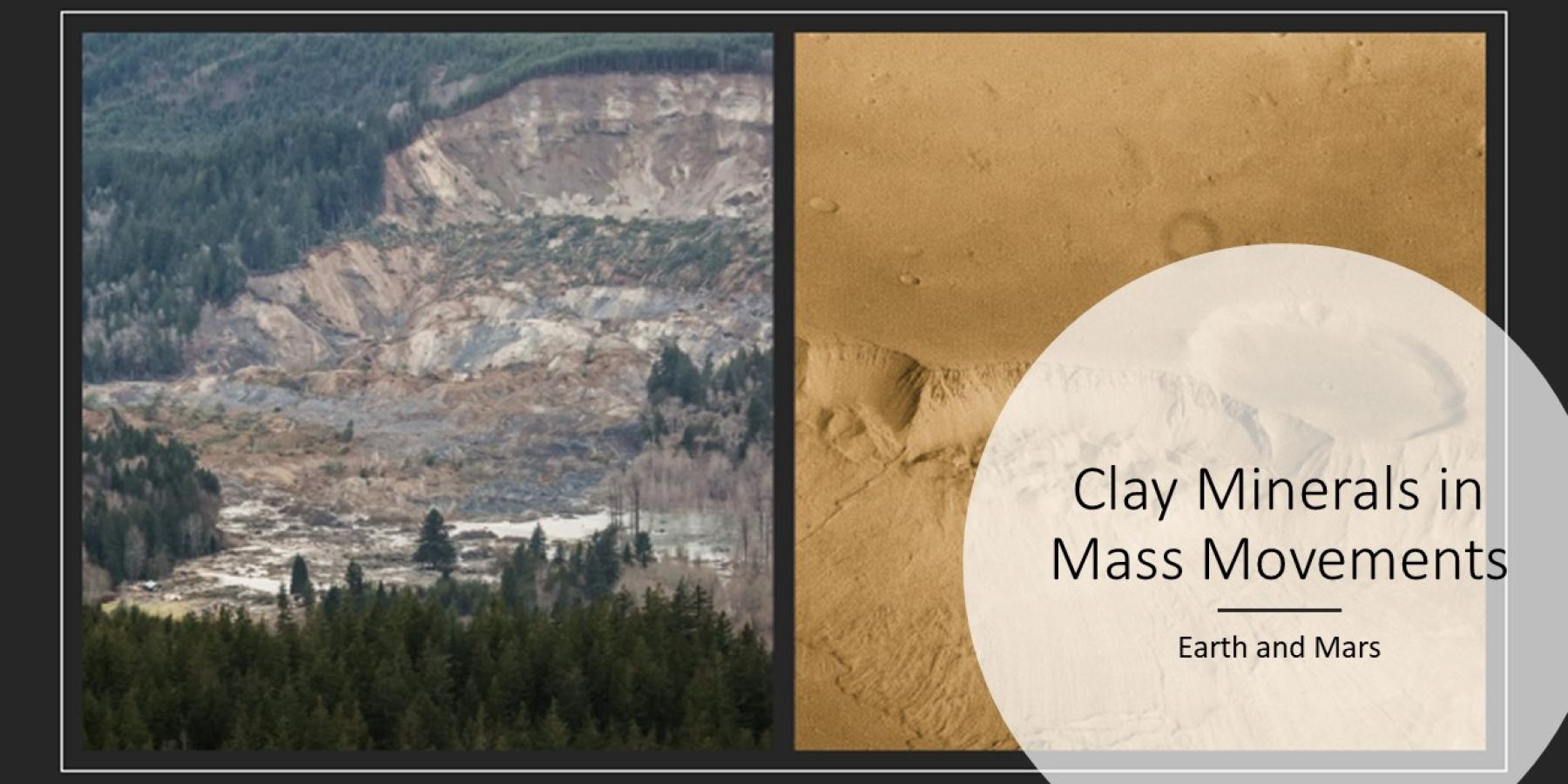
Alexander K. Stewart, USA (ret)
This project involves writing a grant proposal for research that will be a component of a NASA Future Investigators in Earth and Space Science and Technology (FINESST) project called “Compositional and Thermophysical Controls on Martian Mass Movements,” by Helen Eifert '18.
Landslides are geomorphological phenomena that shape the evolution of a landscape and are observed in different environments on planets, satellites, asteroids, and comets (Schuster and Wieczore, 2002; Crosta et al., 2018). Downslope movements are driven solely by gravity, but are very susceptible to geological and environmental conditions or triggers (e.g., rainfall, rapid snowmelt, earthquakes, volcanic activity, strong temperature changes, ice deterioration, and even human actions on Earth)(Schuster and Wieczore, 2002; Crosta et al., 2018). Understanding these environmental conditions can contribute to our understanding and interpretation of the history of our planet, Earth. Applying similar principles to analogous landforms on our neighboring planet, Mars, helps to decipher its geological and environmental history (Figure 1). The surface of Mars is not so different to that of the Earth when dealing with physical environments and processes. A particular connection between the Earth and Mars with respect to these landslides is the geological materials in which they occur. The most sensitive geological material to these failure processes are clay minerals (the same ones are found on Earth and Mars), which swell when hydrated and are found to reduce slope stability (Lee and Min, 2001; Van Den Eeckhaut et al., 2006; Yalcin, 2007). This proposal seeks to understand the types of clay minerals present in slope failure events on Earth, eventually using the information to better understand mass movements on Mars.
Bibliography
Crosta, G.B., Frattini, P., Valbuzzi, E., and De Blasio, F.V. (2018). Introducing a new inventory of large Martian landslides. Earth and Space Science. 5. 89-119.
Crosta, G.B., De Blasio, F.V., and Frattini, P. (2018b). Global scale analysis of Martian landslide mobility and paleoenvironmental clues. Journal of Geophysical Research: Planets. 123:872-891
Lee, S., Min, K. (2001). Statistical analysis of landslide susceptibility at Yongin, Korea. Environmental Geology. 40:1095-1113
Schuster and Wieczore. (2002). Landslide triggers and types. In Rybar, Stembark, and Wagner, ed., Landslides: Proceedings of the First European Conference on Landslides. Prague, Czeck Republic. 24-26:59-78.
Yalcin, A. (2007). The effects of clay on landslides: A case study. Applied Clay Science. 38:1-2. 77-85.

